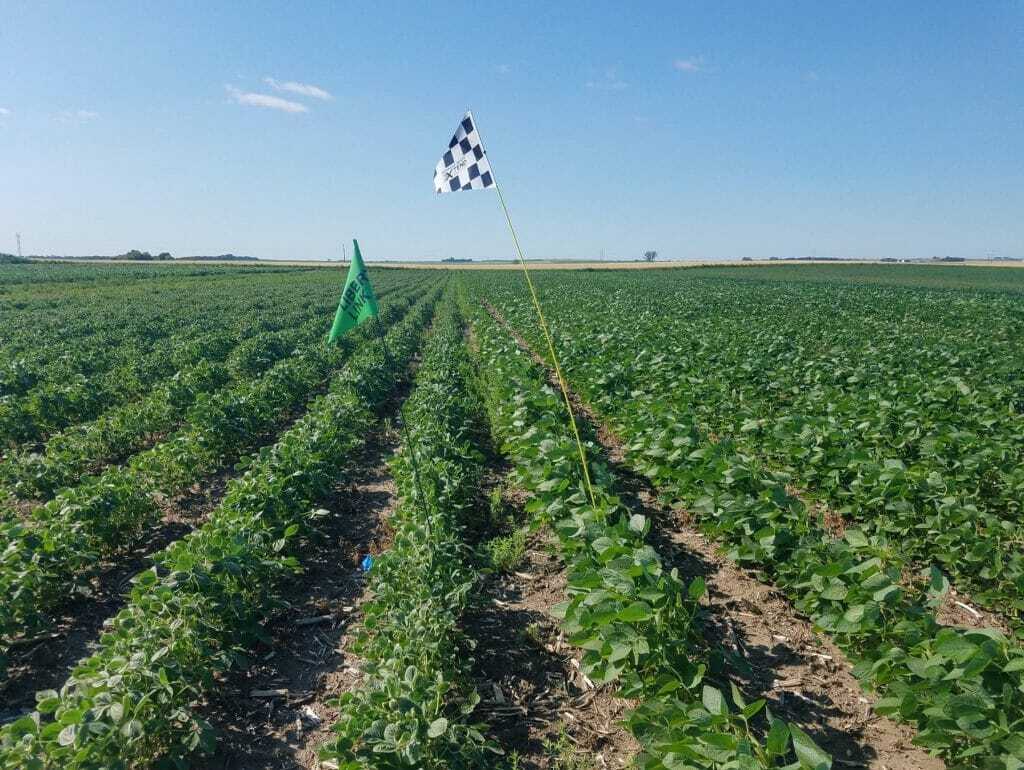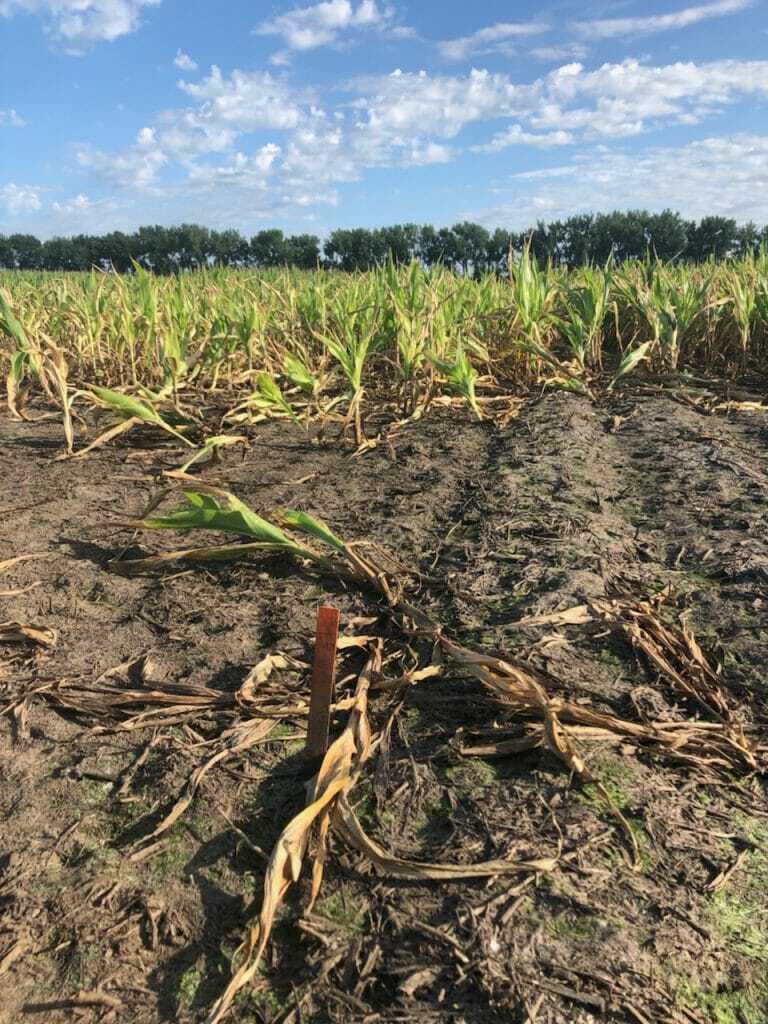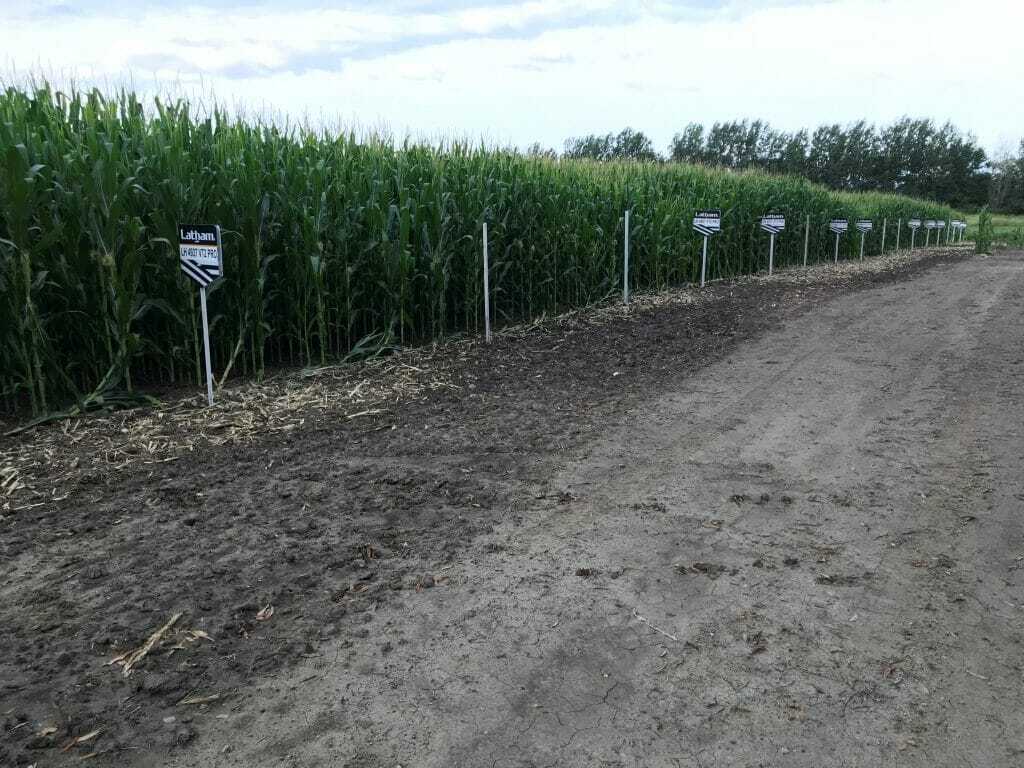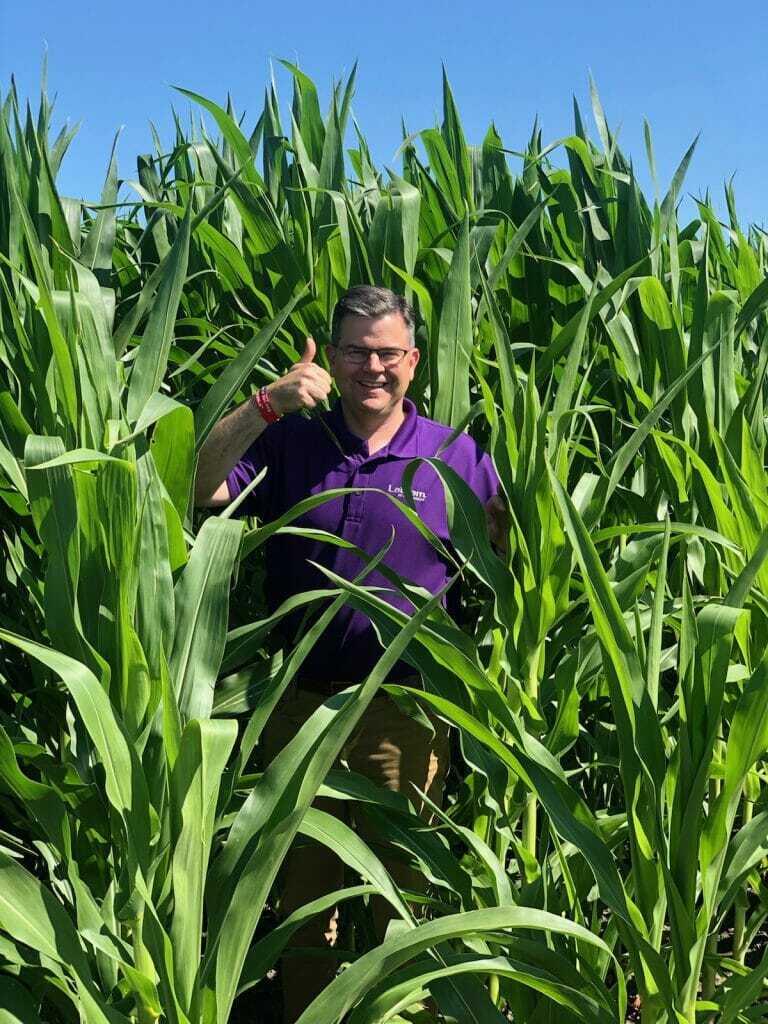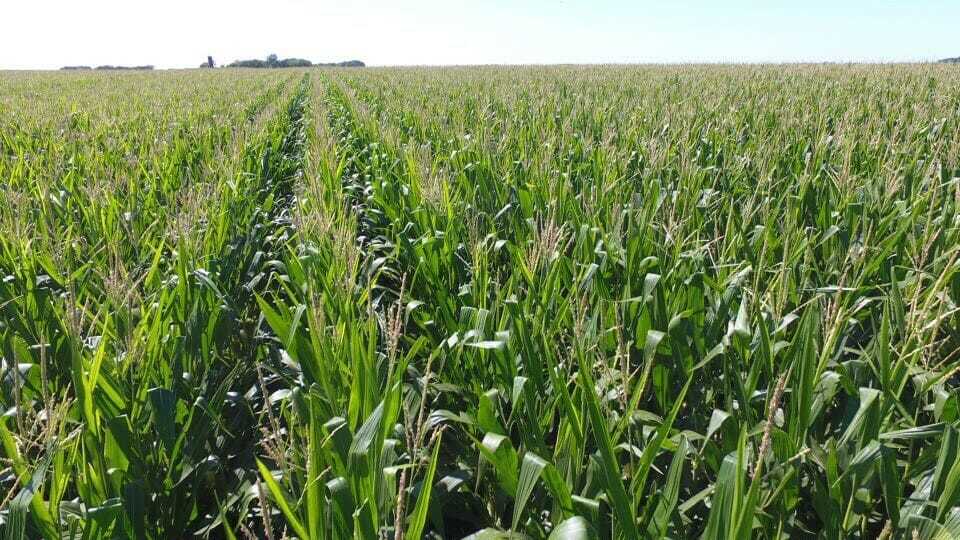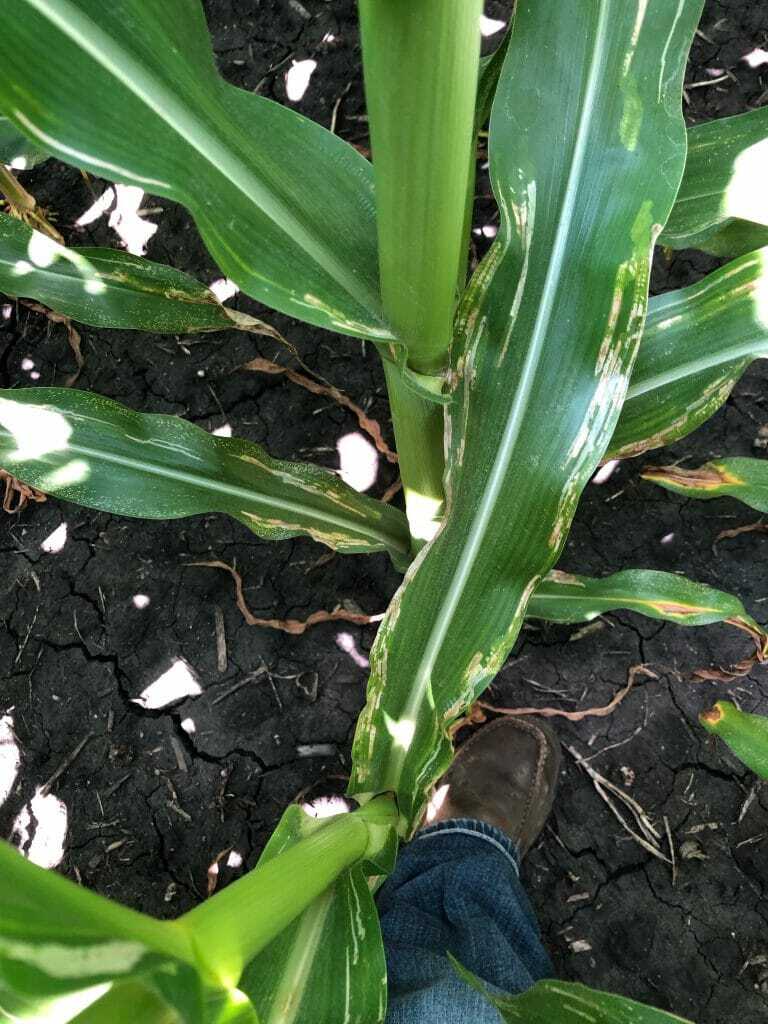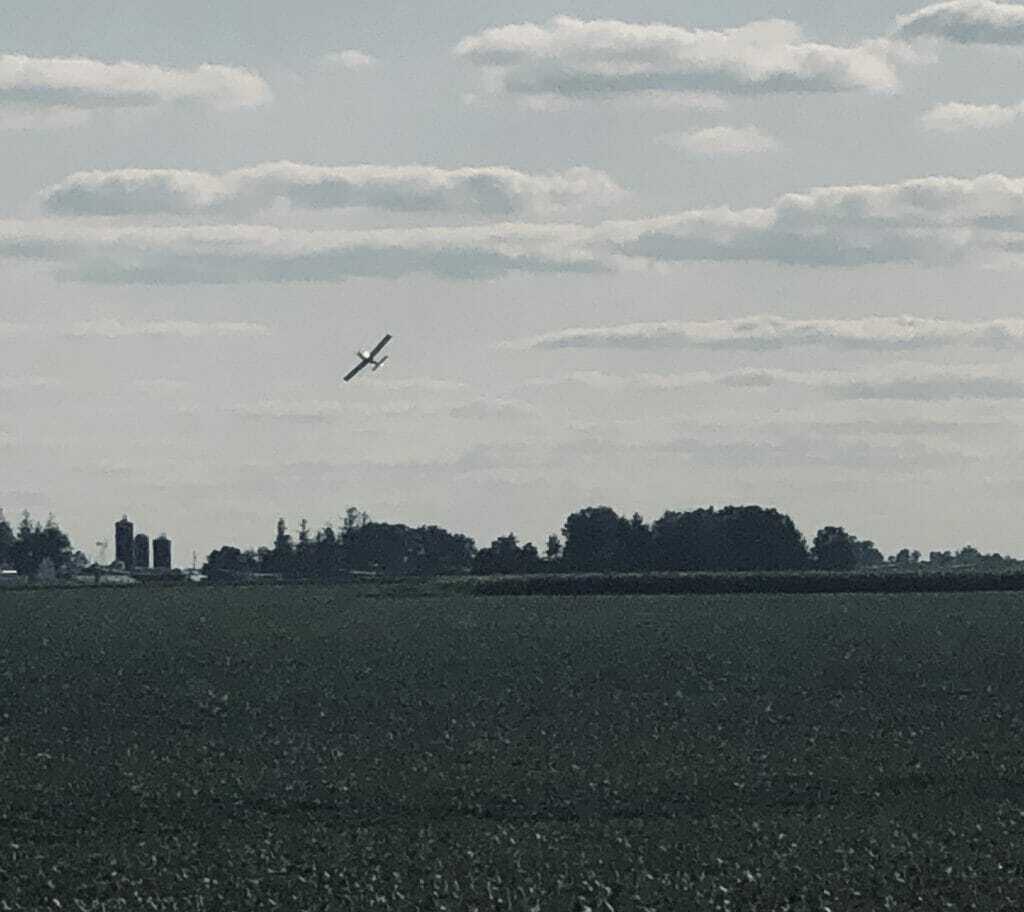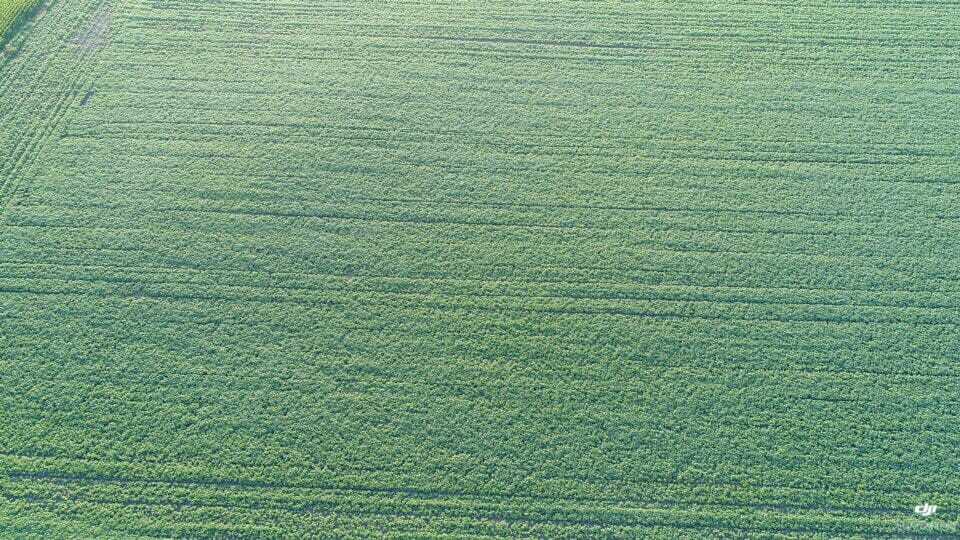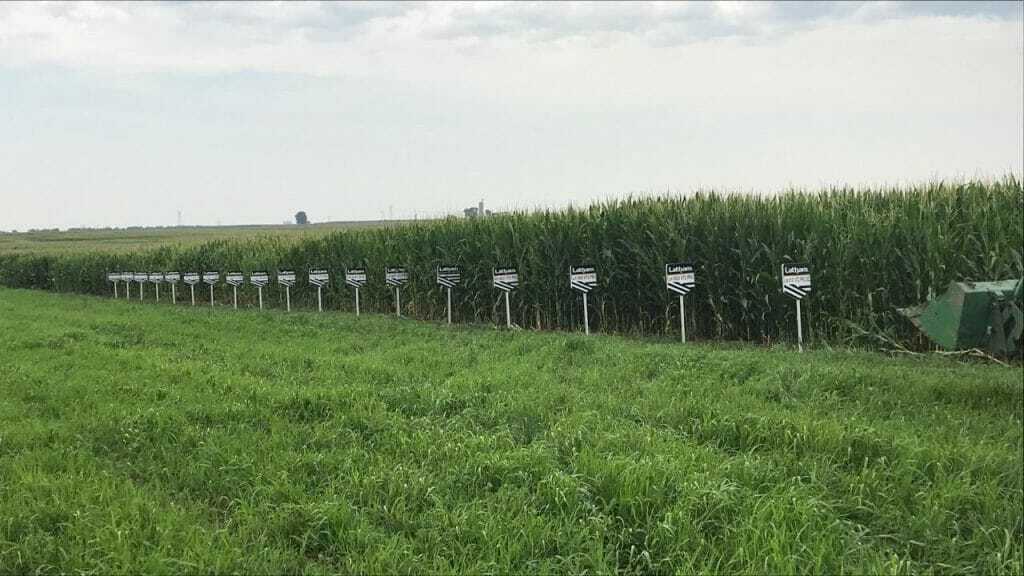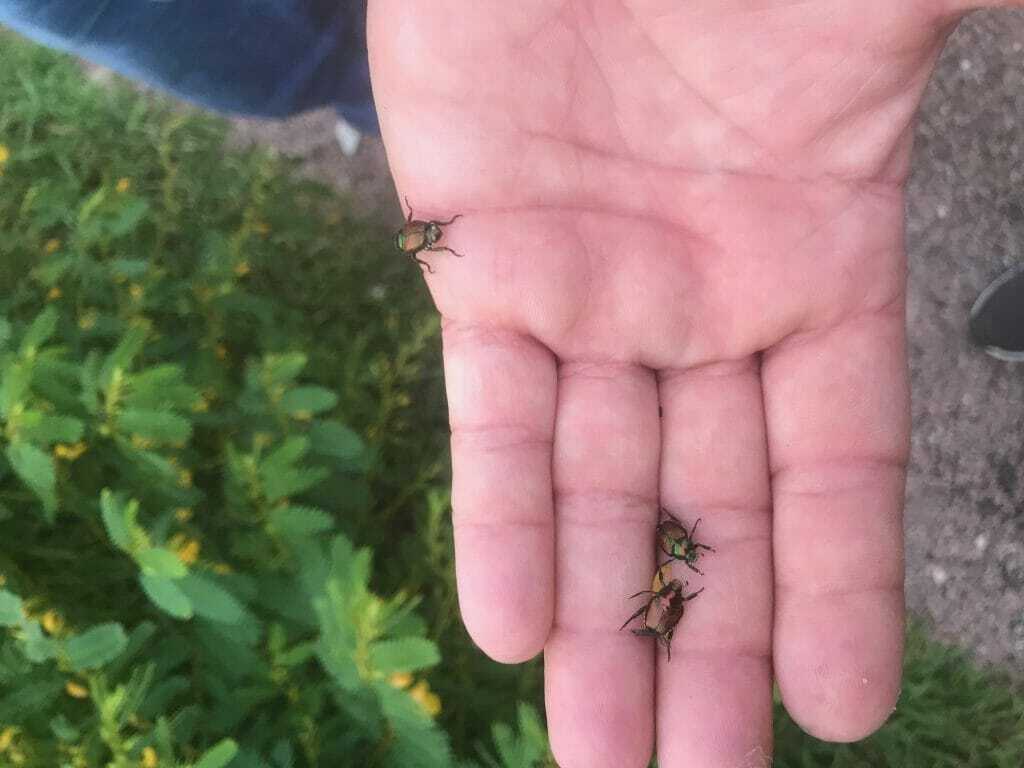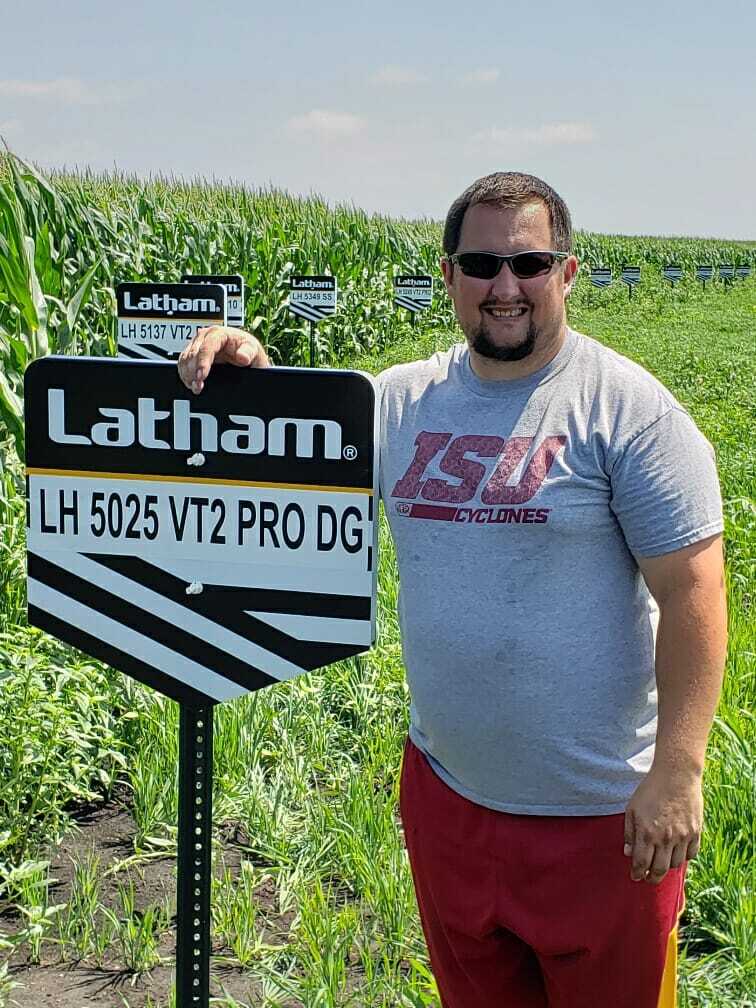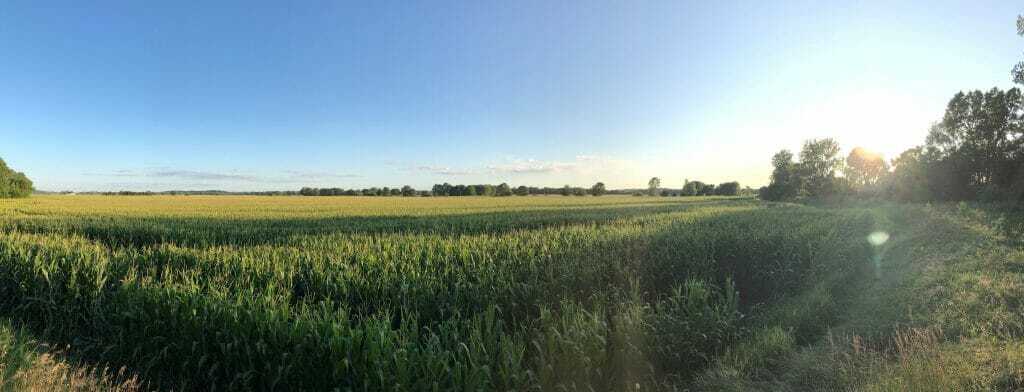Northwest North Dakota
Brian McNamee
With all the new soybean technologies, I often gets asked these questions:
- How do Enlist soybeans yield compared to Extend?
- All things considered, which beans have the highest yielding genetics for my geography?
- Can I see some supporting data?
Latham Hi‑Tech Seeds is conducting research across the Upper Midwest to help our customers answer these questions. Rest assured, before any product makes it into our lineup, it’s already gone through extensive testing. We take great care to select the products that have been shown to perform best in “Latham Country.”
Southeast North Dakota
Gary Geske
It’s been a challenging year for production, as well as for research and test plot sites. As you study plot results this fall, keep in mind that each testing site faced different weather-related issues. That’s why, at Latham Hi‑Tech Seeds, we test products for multiple years and across multiple locations. Visit with your Latham Seed representative for a field-by-field seed recommendations based on years of experience rather than on one year of questionable data.
Northeast South Dakota
James Keltgen
Another 1 to 2 inches of rain fell this week, but only a 0.5 inch would have been welcome. Unfortunately, we also got strong winds that caused green snap. Damage was as much as to 90% of the corn in areas where the corn was about to tassel. Most is in full pollination this week, although the latest planted corn has yet to reach that stage. Many are putting on vegetation while flowering, while the latest planted soybeans have yet to canopy.
Southeast South Dakota
Ramie Coughlin
When scouting for aphids and spider mites watch for leaf feeding. This is the time of year we can typically see the second generation of bean leaf beetles feeding on plants. Most insecticide seed treatments provide full control of the first generation, which emerges in early June, and help suppress the second generation. When considering a mid-summer insecticide application, please do NOT spray unless a pest threshold has been met. Threshold for bean leaf beetles can be found on the chart provided.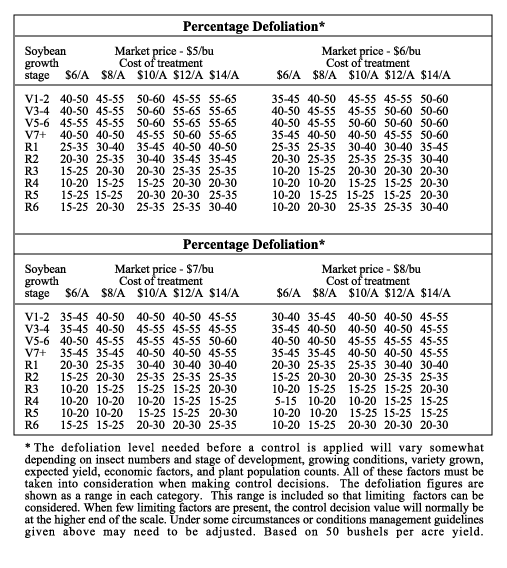

Northern Minnesota
Ken Highness
President of Latham Hi‑Tech Seeds, John Latham, toured my territory this week. He’s standing in LH 5245 VT2 PRO DG RIB, which is Latham’s five-time F.I.R.S.T. Trial champion!
Southern Minnesota
Justin Prokosch
A majority of the corn that was planted in May is pollinating pretty nicely now with the moderate temperatures we’re experiencing this week in southern Minnesota.
Northern Corn Leaf Blight is showing up in Central Minnesota. This is a great time to think about applying a foliar fungicide.
Northern Wisconsin
Joe Salter
Crops have come a long ways during the past two weeks, but a late frost is still needed to help finish out this crop.
Fungicide application could prove to be very profitable with the conditions. It’s important to know if the hybrid you planted is responsive to fungicide application. Look in the Latham Product Guide or check our website to make sure your hybrid(s) has a HR (highly recommended) or R (recommended) rating before applying fungicide.
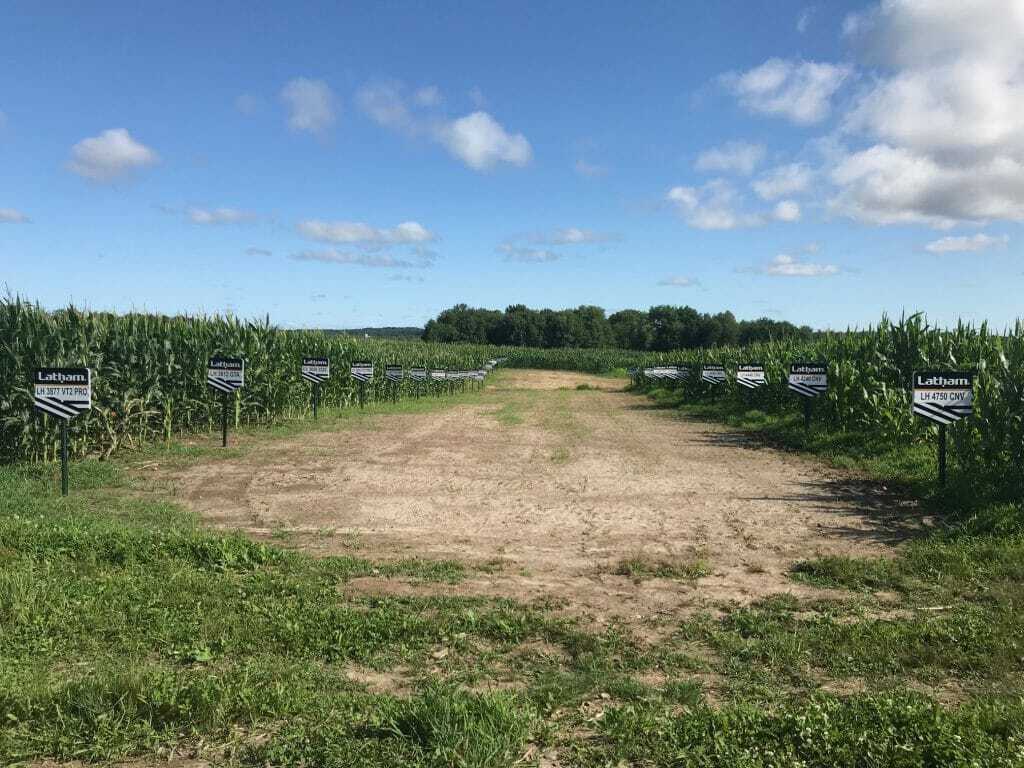
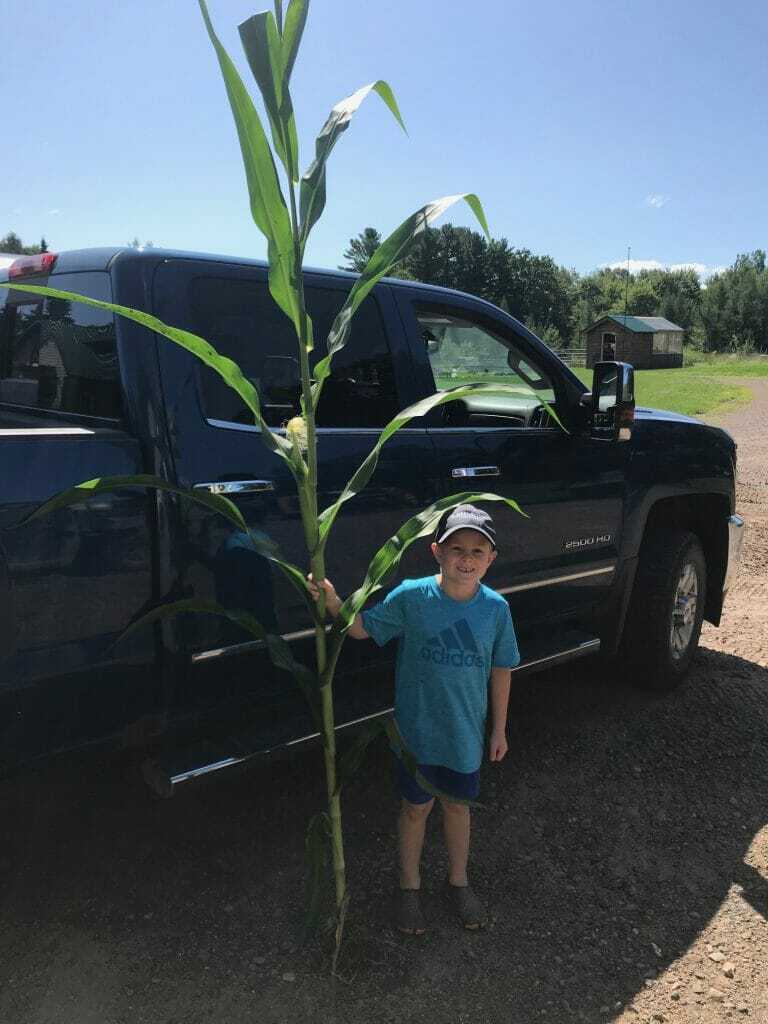
Southern Wisconsin
Greg Mair
Insecticide and fungicide are being applied this week to corn and soybeans. Leaf diseases, like Grey Leaf Spot and Northern Corn Leaf Blight, started showing up last week. Japanese Beetles are defoliating soybean plants. Fungicides and insecticides paid significant dividends last year, helping farmers capture the full potential of the crop. If corn prices rise as expected, it will pay off more to protect yield.
North Central Iowa
Cory Greiman
Latham L2193 E3 was planted in a field with high pH and shows no signs of yellowing. The pH levels in this field get as high as 8.3 while the field average is 7.8.
Northeast Iowa
Craig Haaland
Our L1995 Enlist Soybeans in Mower County, MN, are really coming along but still on the short side. Corn fields have pretty much tasseled and farmers applying fungicide. Keep scouting field because we all know that insects and disease can show up strong in a short period of time.
Eastern Iowa
Jerry Broders
Last week’s weather pattern has been dry across Eastern Iowa. Considering all the heat and lack of moisture, the crop is doing fairly well. Areas with lighter soil are showing signs of drought stress. Aerial applicators are applying fungicide on the early-planted corn. Later corn is still developing and has yet to reach the R1 stage of development. Latham® field signs are going up on plots and in fields throughout the area. Please contact me or your local Latham dealer if you’re interested in taking a plot tour.
Western Iowa
Larry Krapfl
Japanese Beetles are defoliating crops near Woodbine, Iowa. Be sure to scout your fields and keep a watch on treatment thresholds.
West North Central Iowa
Bart Peterson
Dealers in my area have been busy signing plots. The hybrids in this Latham SuperStrip™ plot range in maturity from 100 to 107 days.

